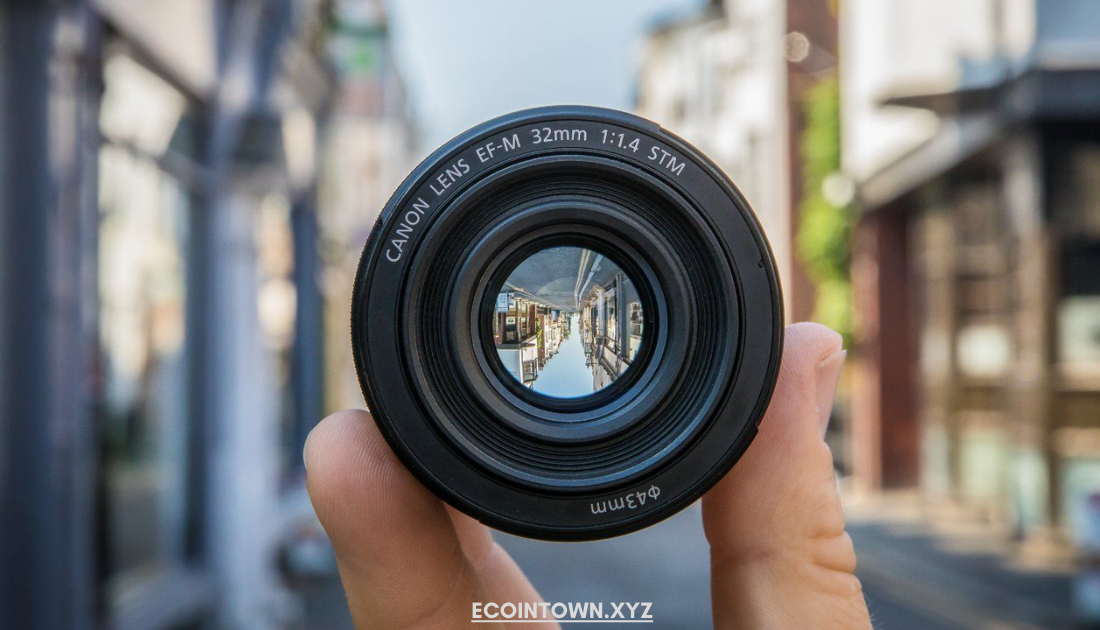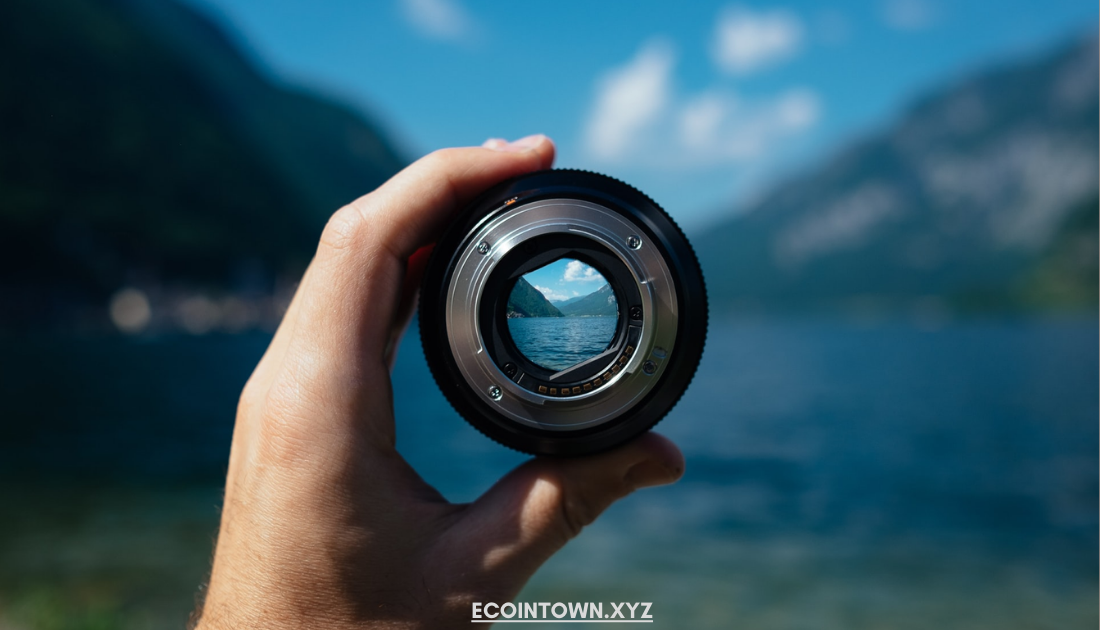Understanding camera lenses is essential for any photographer looking to take their skills to the next level. Your camera lens plays a significant role in how your photos turn out, as it affects everything from depth of field to focal length and even the quality of light captured. If you’re new to photography or just want to improve your knowledge, learning the camera lens basics will help you make better decisions on lens choices and ultimately create more powerful images. In this guide, we’ll cover essential information about different types of lenses, their functions, and how to choose the right lens for your photography needs.
Why Camera Lenses Are So Important
While your camera’s body is important, the lens is what truly shapes the quality and feel of your images. Lenses determine how much of a scene you capture, how sharp or blurry your background is, and even how light and colors are rendered in the final photo. By understanding the basics of camera lenses, you can take advantage of these qualities to produce images that align with your artistic vision.
A good lens can last for years, often outlasting your camera body. Therefore, choosing the right lens can be one of the best investments in your photography journey, whether you’re a beginner or a seasoned professional.
Types of Camera Lenses and Their Functions
Camera lenses come in various types, each designed for specific purposes and effects. Let’s explore the most common types of lenses and how they can impact your photography.
1. Prime Lenses
Prime lenses have a fixed focal length, meaning they don’t zoom in or out. This might seem like a limitation, but prime lenses often offer exceptional image quality, as they are designed for a single focal length. Common prime lenses include 35mm, 50mm, and 85mm, each offering unique qualities for different types of photography.
- Benefits: Prime lenses are usually smaller, lighter, and sharper than zoom lenses. They often have wider apertures, like f/1.8 or f/1.4, allowing you to capture images in low light and create a beautiful background blur (bokeh).
- Best For: Portraits, street photography, and low-light conditions.
2. Zoom Lenses
Zoom lenses offer a range of focal lengths in a single lens, allowing you to zoom in or out without changing lenses. This versatility makes them popular among photographers who need flexibility in framing, such as those shooting wildlife or events.
- Benefits: Zoom lenses provide the ability to capture both wide-angle and telephoto perspectives in one lens, making them convenient for situations where you need multiple focal lengths.
- Best For: Travel, wildlife, events, and sports photography.
3. Wide-Angle Lenses
Wide-angle lenses have a short focal length, typically between 10mm and 35mm, allowing you to capture more of the scene in your frame. These lenses are ideal for landscapes, architecture, and situations where you want to emphasize depth and space.
- Benefits: Wide-angle lenses allow you to include more of the scene, making them ideal for capturing expansive landscapes or tight interiors.
- Best For: Landscape photography, architecture, real estate, and environmental portraits.
4. Telephoto Lenses
Telephoto lenses have a longer focal length, usually starting at 70mm and extending to 300mm or more. They allow you to capture distant subjects with clarity, making them perfect for wildlife, sports, and any situation where you need to get closer without physically moving.
- Benefits: Telephoto lenses provide a compressed perspective, making background objects appear closer and enhancing the depth of field for beautiful isolation of subjects.
- Best For: Wildlife, sports, portrait photography, and any situation that requires close-up shots from a distance.
5. Macro Lenses
Macro lenses are designed specifically for close-up photography. They allow you to capture tiny details, such as the texture of a leaf or the intricate patterns on an insect’s wings. A true macro lens provides a 1:1 magnification, meaning the subject appears life-sized in the image.
- Benefits: Macro lenses offer incredible detail and sharpness, perfect for capturing small objects with precision.
- Best For: Nature photography, product photography, and any detailed close-up work.
6. Fisheye Lenses
Fisheye lenses are a type of ultra-wide-angle lens that creates a unique, curved perspective, resulting in a distorted, circular image. These lenses are often used for artistic or experimental photography, where distortion is part of the appeal.
- Benefits: Fisheye lenses capture a 180-degree view, creating an exaggerated and dynamic perspective.
- Best For: Creative photography, special effects, and unique compositions.

Key Lens Terms Every Photographer Should Know
To fully understand camera lens basics, it’s important to familiarize yourself with essential terms related to lenses. These terms will help you compare lenses and choose the one that best fits your needs.
1. Focal Length
Focal length, measured in millimeters (mm), determines the lens’s field of view. A shorter focal length (like 18mm) offers a wider angle of view, while a longer focal length (like 200mm) provides a narrower view, bringing distant objects closer. Focal length is a key factor in deciding how much of the scene you’ll capture and is essential in choosing a lens for specific types of photography.
2. Aperture
The aperture is the opening in the lens that controls how much light enters the camera. Aperture is measured in f-stops, such as f/1.8 or f/5.6. A lower f-stop number indicates a wider aperture, allowing more light to enter. A wide aperture (like f/1.8) is ideal for low-light situations and creates a shallow depth of field, which can result in beautiful background blur.
3. Depth of Field
Depth of field refers to the range of distance in a photo that appears sharp. A shallow depth of field isolates the subject from the background by blurring the surroundings, while a deep depth of field keeps more of the image in focus. Depth of field is controlled by the aperture and is especially important for portrait and macro photography.
4. Image Stabilization
Image stabilization is a feature found in some lenses that reduces camera shake, making it easier to capture sharp images, particularly at slower shutter speeds or with telephoto lenses. Nikon’s vibration reduction (VR) is an example of image stabilization, which helps produce clear shots in challenging conditions.
5. Autofocus
Autofocus is the system that automatically adjusts the lens to focus on a subject. Some lenses have faster and quieter autofocus motors, which are particularly useful for capturing fast-moving subjects. Autofocus is essential for sports, wildlife, and event photography, where precise focus is crucial.
Choosing the Right Camera Lens for Your Photography Style
Selecting the right lens depends on your style, subject, and budget. Here are some tips for choosing a lens based on common photography styles:
Portrait Photography
For portrait photography, prime lenses like the 50mm or 85mm are popular choices. These lenses offer wide apertures, creating a beautiful, shallow depth of field that isolates the subject and blurs the background. A focal length between 50mm and 85mm provides a natural perspective and flattering compression for portraits.
Landscape Photography
Wide-angle lenses, such as a 16-35mm zoom or a 24mm prime, are ideal for capturing vast landscapes. They allow you to include more of the scene, emphasizing depth and perspective. For landscape photography, a lens with a smaller aperture, like f/8 or f/11, is often used to maintain sharpness throughout the frame.
Wildlife Photography
Telephoto lenses, typically in the 200mm-600mm range, are essential for wildlife photography. These lenses allow you to capture animals from a distance without disturbing them. Look for lenses with image stabilization to minimize camera shake, which is especially important when shooting at longer focal lengths.
Macro Photography
For macro photography, a true macro lens with a 1:1 magnification ratio is essential. Lenses with a focal length of around 100mm provide enough distance to capture fine details without casting a shadow over your subject. Macro lenses are excellent for capturing the intricate details of small objects like insects, flowers, and textures.
Conclusion: Master the Basics of Camera Lenses for Better Photos
Understanding camera lens basics is essential for any photographer looking to capture high-quality, creative images. By knowing the types of lenses available, their key features, and the effects they produce, you can choose the right lens for any situation. From capturing stunning landscapes to detailed macro shots, the right lens allows you to express your vision and explore different photography styles.
